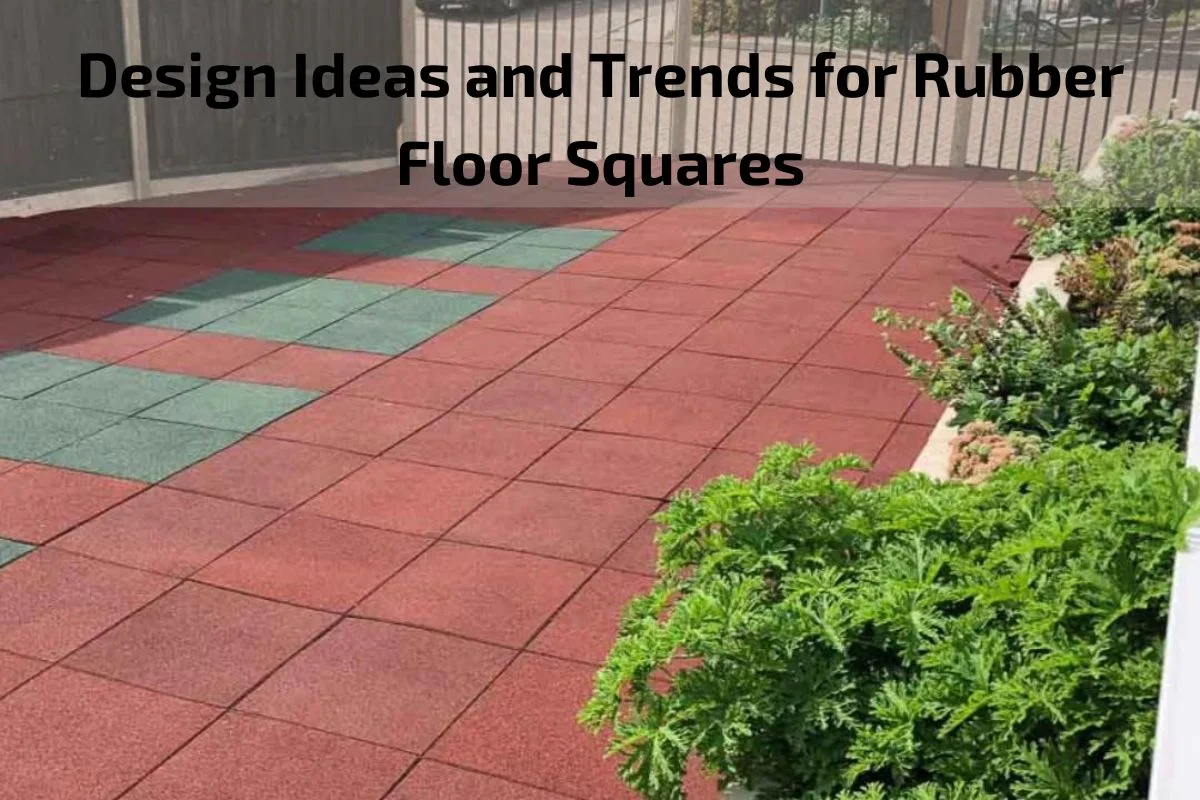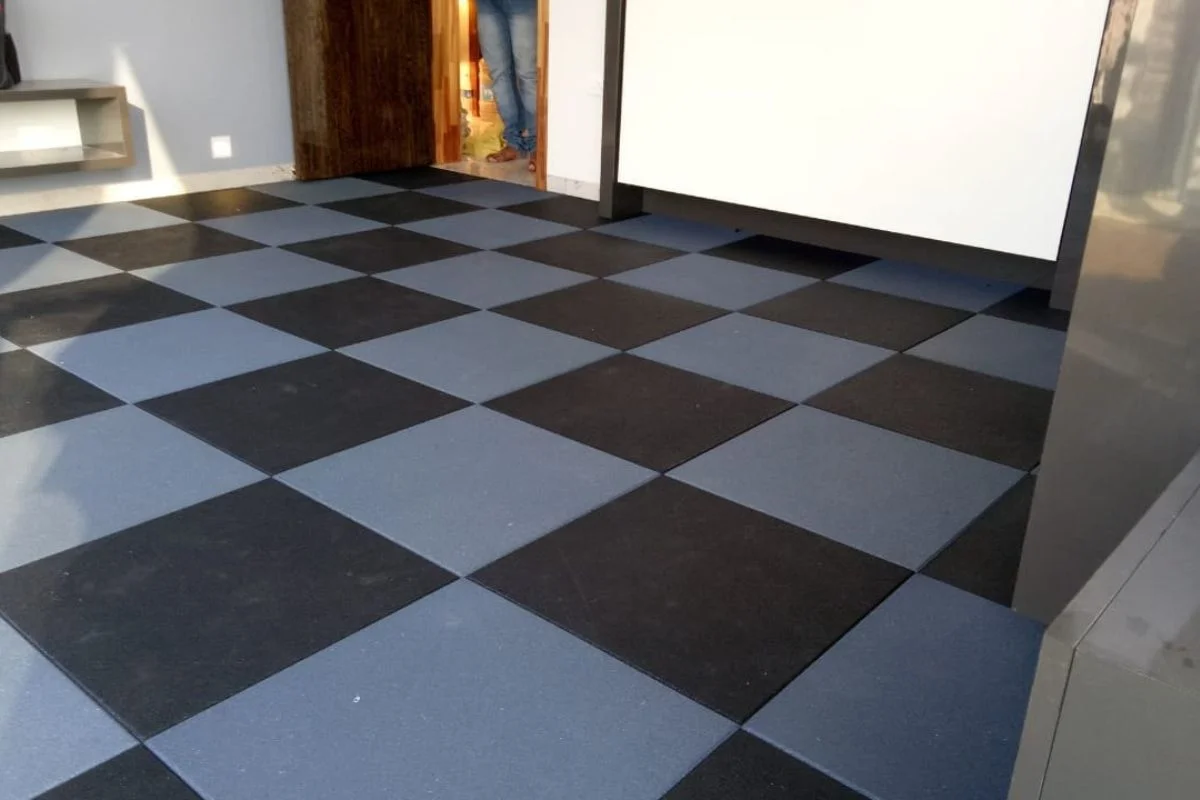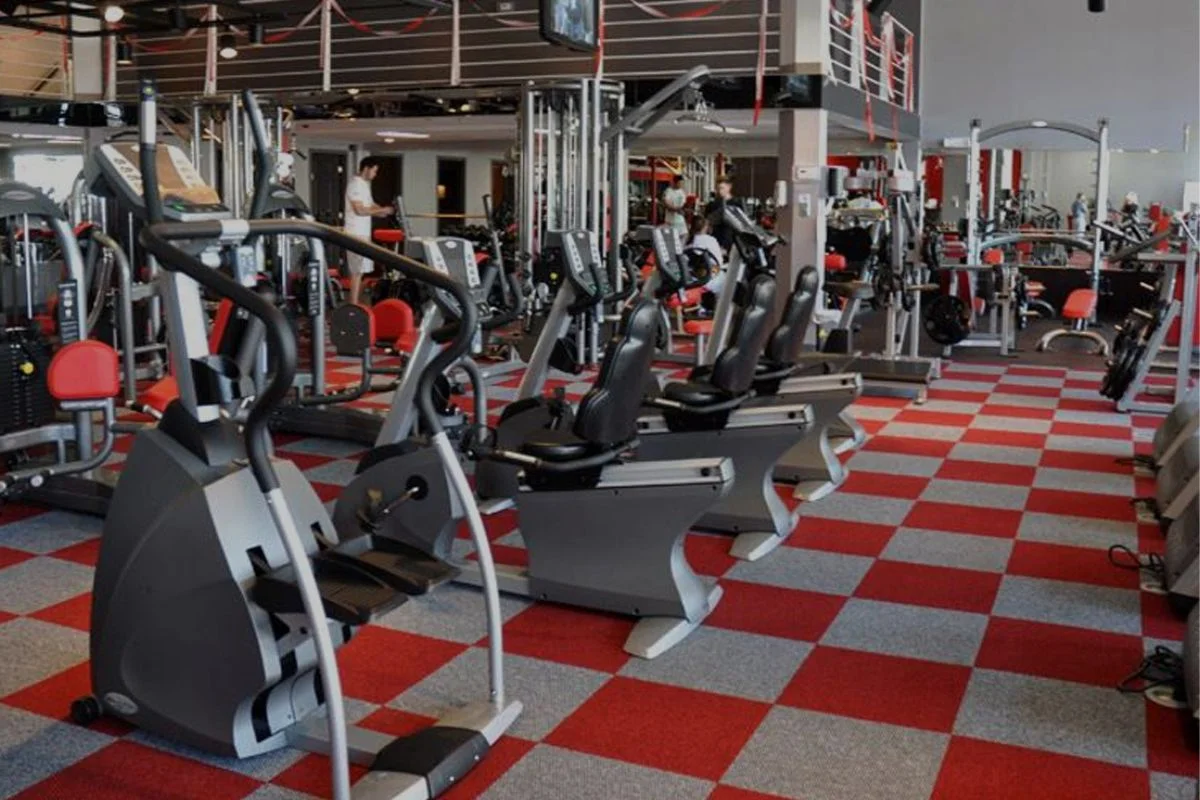Design Ideas and Trends for Rubber Floor Squares
Rubber floor squares offer a versatile and practical flooring solution that has gained popularity in both residential and commercial settings. With their durability, flexibility, and aesthetic appeal, rubber floor squares have become a go-to choice for interior designers and homeowners seeking functional and stylish flooring options. In this article, we will explore the latest design ideas and trends for rubber floor squares, providing inspiration and insights for creating captivating and functional spaces. From vibrant colors to innovative patterns, rubber floor squares offer endless possibilities for enhancing the look and feel of any room. Let’s delve into the exciting world of rubber floor squares and discover how they can transform your space into a stylish and inviting environment.
Importance of Rubber Floor Squares in Interior Design
Rubber floor squares play a crucial role in interior design by offering a unique combination of functionality, versatility, and aesthetics. Here’s why rubber floor squares are essential elements in modern interior design:
- Durability: Rubber floor squares are highly durable and resilient, making them suitable for high-traffic areas in residential, commercial, and industrial spaces. Their ability to withstand wear and tear makes them a practical choice for flooring solutions that require long-term durability.
- Versatility: Rubber floor squares come in a variety of colors, patterns, and textures, allowing for endless design possibilities. Whether creating bold statements or subtle accents, rubber floor squares offer designers the flexibility to express creativity and achieve desired aesthetics in diverse interior settings.
- Comfort: Rubber floor squares provide a comfortable underfoot experience, offering cushioning and support to occupants. Their shock-absorbing properties make them ideal for spaces where individuals stand or walk for extended periods, such as kitchens, retail stores, and fitness centers.
- Safety: Rubber floor squares offer excellent slip resistance, even in wet conditions, enhancing safety in interior environments. Their textured surfaces and anti-slip properties help reduce the risk of slip and fall accidents, making them suitable for areas prone to moisture or spills.
- Sound Absorption: Rubber floor squares have acoustic properties that help absorb sound and reduce noise transmission within interior spaces. This makes them an ideal choice for environments where noise control is essential, such as offices, schools, and healthcare facilities.
- Easy Maintenance: Rubber floor squares are easy to clean and maintain, requiring minimal effort to keep them looking fresh and new. Regular sweeping, mopping, or vacuuming is usually sufficient to remove dirt and debris from the surface, making rubber floor squares a low-maintenance flooring option.
- Sustainability: Many rubber floor squares are made from recycled materials, making them an eco-friendly choice for environmentally conscious design projects. Their sustainable attributes align with green building practices and contribute to healthier indoor environments.
Advantages and Disadvantages of Rubber Floor Squares
Rubber floor squares offer a range of advantages and disadvantages, which should be considered when selecting flooring options for interior spaces. Here’s a breakdown of the pros and cons:
Advantages:
- Durability: Rubber floor squares are highly durable and resistant to wear and tear. They can withstand heavy foot traffic, making them suitable for high-traffic areas in both residential and commercial settings.
- Versatility: Rubber floor squares come in various colors, patterns, and textures, providing endless design possibilities. They can be customized to complement any interior aesthetic, from modern and sleek to rustic and traditional.
- Comfort: Rubber floor squares offer cushioning and support underfoot, making them comfortable to walk or stand on for extended periods. Their shock-absorbing properties help reduce fatigue and strain, particularly in environments where people are on their feet for long durations.
- Safety: Rubber floor squares have excellent slip resistance, even when wet, reducing the risk of slips and falls. Their textured surfaces provide traction and stability, making them ideal for areas prone to spills or moisture.
- Sound Absorption: Rubber floor squares absorb sound and reduce noise transmission, creating quieter indoor environments. This makes them suitable for spaces where noise control is important, such as offices, classrooms, and healthcare facilities.
- Easy Maintenance: Rubber floor squares are easy to clean and maintain, requiring minimal effort to keep them looking clean and fresh. Regular sweeping, mopping, or vacuuming is typically sufficient to remove dirt and debris from the surface.
Disadvantages:
- Cost: Rubber floor squares can be more expensive upfront compared to some other flooring options, such as vinyl or laminate. However, their long-term durability and low maintenance costs often offset the initial investment.
- Limited Design Options: While rubber floor squares offer a variety of colors and patterns, they may have fewer design options compared to materials like ceramic tile or hardwood flooring. Some homeowners or designers may find the design choices limited.
- Potential for Discoloration: Rubber floor squares may discolor over time, especially when exposed to direct sunlight or certain cleaning chemicals. Proper maintenance and care can help mitigate discoloration, but it’s essential to be mindful of factors that may affect the appearance of the flooring.
- Susceptibility to Scratches and Dents: While durable, rubber floor squares may still be susceptible to scratches and dents from heavy furniture or sharp objects. Using furniture pads or coasters can help prevent damage to the flooring surface.
Types of Rubber Floor Squares
Rubber floor squares come in various types, each offering unique features and characteristics to suit different design preferences and functional requirements. Here are the common types of rubber floor squares:
- Interlocking Rubber Tiles: Interlocking rubber tiles feature a puzzle-like design that allows them to fit together seamlessly without the need for adhesive. These tiles are easy to install and can be quickly replaced if damaged. Interlocking rubber tiles are popular for gym floors, play areas, and home gyms.
- Peel and Stick Rubber Squares: Peel and stick rubber squares have an adhesive backing that allows for easy installation on clean, flat surfaces. These squares are ideal for DIY projects and quick flooring updates. Peel and stick rubber squares are commonly used in residential spaces, including kitchens, bathrooms, and laundry rooms.
- Rubber Flooring Rolls: Rubber flooring rolls are continuous sheets of rubber that come in various thicknesses and widths. They provide a seamless flooring solution for large areas and are easy to clean and maintain. Rubber flooring rolls are often used in commercial settings, such as retail stores, offices, and fitness centers.
- Customized Rubber Squares: Customized rubber squares are tailored to specific design requirements, including color, pattern, and size. They offer maximum flexibility and allow for personalized flooring solutions to match unique design visions. Customized rubber squares are commonly used in hospitality, education, and healthcare environments.
Design Ideas and Trends for Rubber Floor Squares
Rubber floor squares offer endless design possibilities, allowing for creative expression and customization in interior spaces. Here are some design ideas and trends for rubber floor squares:
- Bold Colors: Embrace vibrant and bold colors to make a statement with rubber floor squares. Opt for hues like red, blue, green, or yellow to add energy and personality to the space. Bold colors are perfect for children’s playrooms, fitness areas, or commercial spaces seeking a dynamic look.
- Geometric Patterns: Create visual interest with geometric patterns and shapes using rubber floor squares. Experiment with patterns like chevron, herringbone, or hexagon to add a modern and sophisticated touch to the floor. Geometric patterns work well in contemporary interiors and commercial settings.
- Wood and Stone Emulation: Achieve the look of natural materials like wood or stone with rubber floor squares. Choose rubber squares with wood grain or stone textures to mimic the appearance of hardwood or natural stone flooring. Wood and stone emulation is ideal for creating warm and inviting environments without the maintenance requirements of natural materials.
- Mix and Match: Combine different colors or patterns of rubber floor squares to create custom designs and layouts. Mix and match squares to form unique patterns, borders, or accents that reflect your personal style and design preferences. Mixing and matching allow for endless design possibilities and customization options.
- Graphic Designs: Explore graphic designs and motifs to add visual interest and personality to rubber floor squares. Incorporate bold graphics, typography, or illustrations to make a statement and create a focal point in the space. Graphic designs are perfect for commercial spaces, retail environments, or themed rooms.
- Texture and Dimension: Choose rubber floor squares with textured surfaces to add depth and dimension to the floor. Textured rubber squares provide tactile interest and enhance slip resistance, making them suitable for areas requiring extra traction, such as entryways or wet zones. Consider raised patterns, embossed textures, or stippled finishes for added visual appeal.
- Custom Logos and Branding: Personalize rubber floor squares with custom logos, branding elements, or artwork to reinforce brand identity and create a memorable impression. Customized rubber squares are ideal for corporate offices, retail spaces, or hospitality venues looking to showcase their brand personality and values.
- Sustainable Designs: Embrace sustainable design principles by choosing eco-friendly rubber floor squares made from recycled materials. Opt for products with low VOC emissions and environmentally responsible manufacturing practices. Sustainable designs align with green building initiatives and contribute to healthier indoor environments.
Maintenance and Care Guidelines Rubber Floor Squares
Rubber floor squares are known for their durability and low-maintenance characteristics, but proper care and maintenance are essential to ensure their longevity and performance. Here are some guidelines for maintaining and caring for rubber floor squares:
- Regular Cleaning: Establish a routine cleaning schedule to remove dirt, dust, and debris from the surface of the rubber floor squares. Use a soft-bristled broom, vacuum cleaner with a brush attachment, or dry mop to sweep or vacuum the floor regularly.
- Mild Cleaning Solutions: Use a mild detergent or soap solution diluted in water for routine cleaning of rubber floor squares. Avoid harsh chemicals, abrasive cleaners, or solvents, as they can damage the surface of the flooring and diminish its appearance over time.
- Spot Cleaning: Promptly clean up spills and stains using a damp cloth or sponge and mild detergent. Avoid allowing spills to sit on the surface for an extended period, as they can penetrate the rubber and become more challenging to remove.
- Avoid Standing Water: Rubber floor squares are water-resistant but can still be damaged by prolonged exposure to standing water. Wipe up spills and moisture immediately using a clean, dry cloth or mop to prevent water from seeping into the seams and causing damage.
- Avoid Abrasive Tools: Refrain from using abrasive scrubbing pads, brushes, or abrasive cleaners on rubber floor squares, as they can scratch or damage the surface. Opt for soft cleaning tools and gentle cleaning solutions to preserve the integrity of the flooring.
- Avoid Heavy Furniture Dragging: Take precautions to prevent dragging heavy furniture or sharp objects across the surface of the rubber floor squares, as they can cause scratches, scuff marks, or indentations. Use furniture pads or coasters under heavy furniture legs to distribute weight and prevent damage.
- Protective Mats and Rugs: Place mats or rugs at entryways and high-traffic areas to capture dirt, debris, and moisture before they reach the rubber floor squares. Regularly clean and replace mats to prevent the buildup of dirt and contaminants on the flooring surface.
- Periodic Deep Cleaning: Consider periodic deep cleaning of rubber floor squares using a specialized rubber floor cleaner or neutral pH cleaner recommended by the manufacturer. Follow the instructions carefully and rinse the floor thoroughly to remove any residue.
- Inspect for Damage: Regularly inspect the rubber floor squares for signs of wear, damage, or deterioration. Look for cracks, tears, or areas of uneven wear that may indicate the need for repair or replacement. Address any issues promptly to prevent further damage and ensure safety.
Conclusion
In conclusion, rubber floor squares offer a versatile and practical flooring solution for a wide range of interior spaces. With their durability, versatility, and low-maintenance characteristics, rubber floor squares are an excellent choice for residential, commercial, and institutional environments.





0 comments